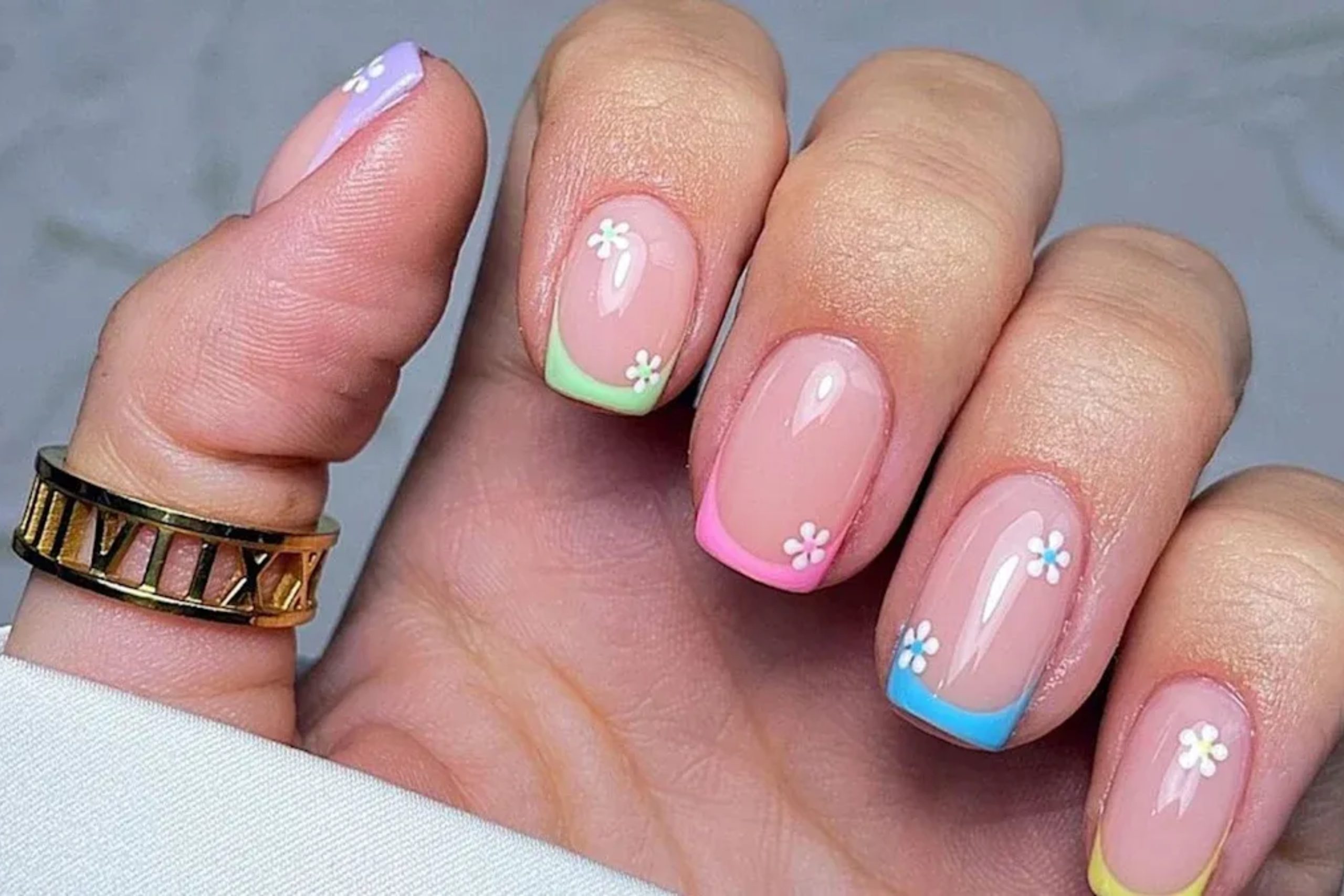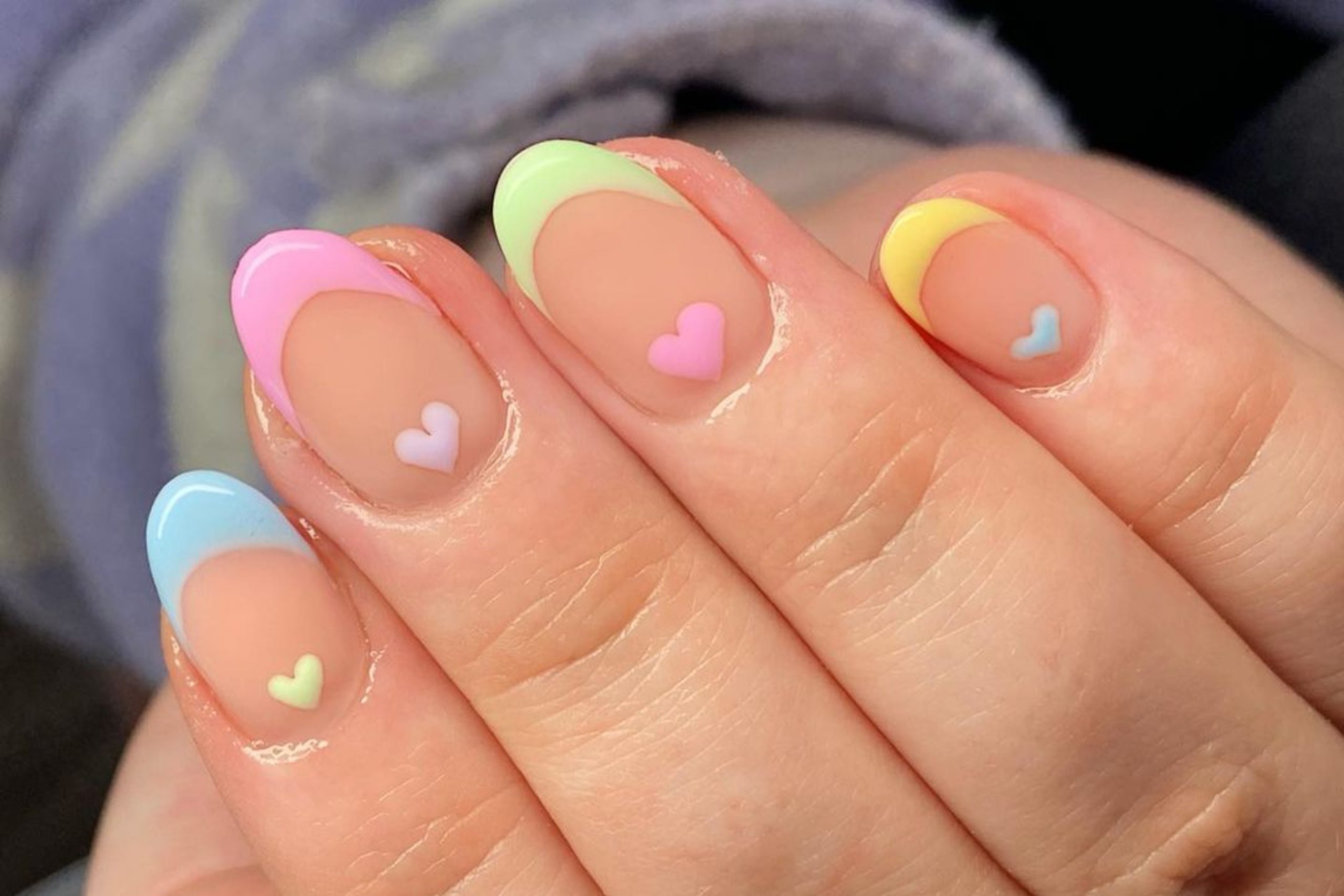In a world often driven by bold statements and sharp contrasts, there exists a quiet, elegant alternative — the pastel rainbow. Unlike the vivid, high-saturation rainbows we associate with childhood drawings and pride parades, the pastel rainbow is soft, muted, and soothing. It is a color palette that speaks in whispers rather than shouts, and yet it has taken the worlds of design, fashion, wellness, and even lifestyle by storm.
This article will explore the significance of the pastel rainbow, where it appears, why it resonates so strongly with modern audiences, and how it’s used in various industries to inspire calm, joy, and creativity.
Top Supplement | It’s Natural & Benefits | Order Now (up to 25% Offer) | ||
| FoliPrime | Natural serum that strengthens roots and supports healthy hair growth. | Order Now | 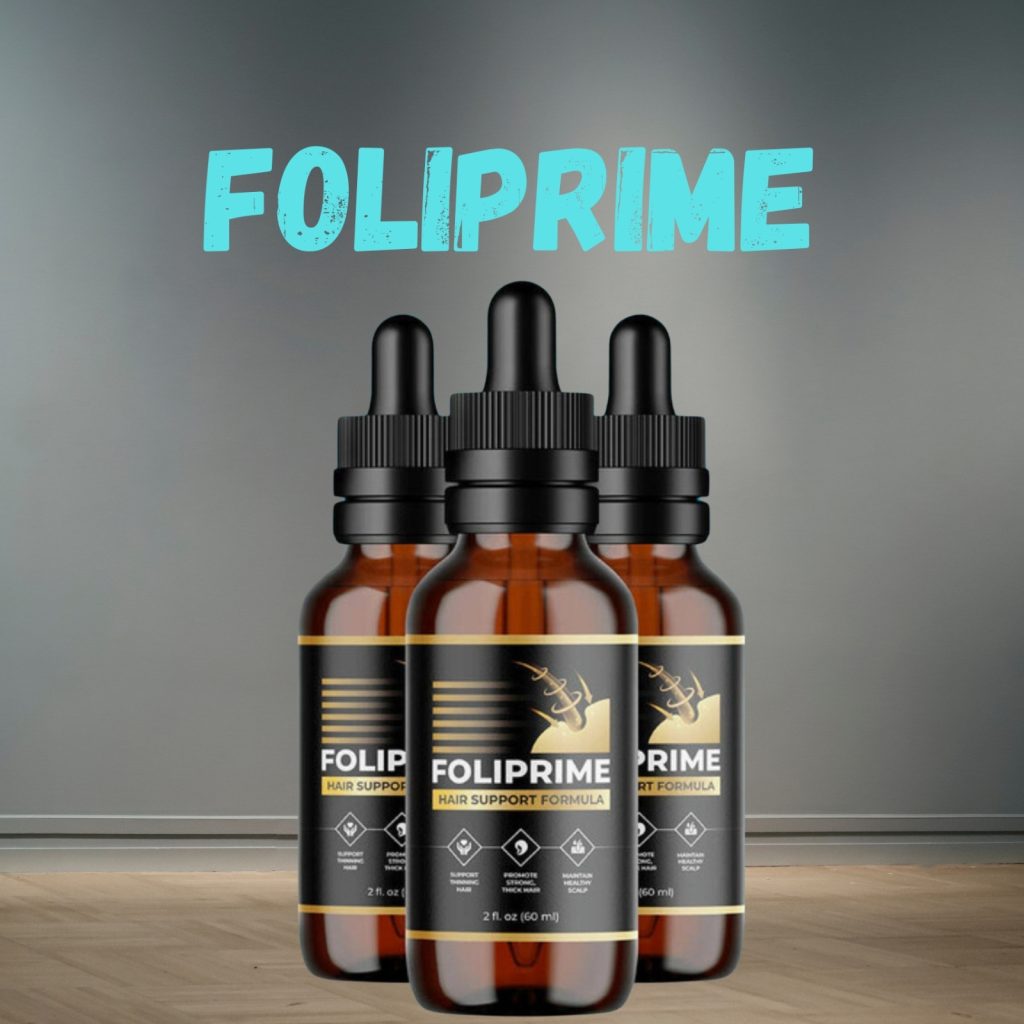 | More details |
| Energeia | Energeia boosts metabolism, burns fat, and supports weight loss | Order Now | 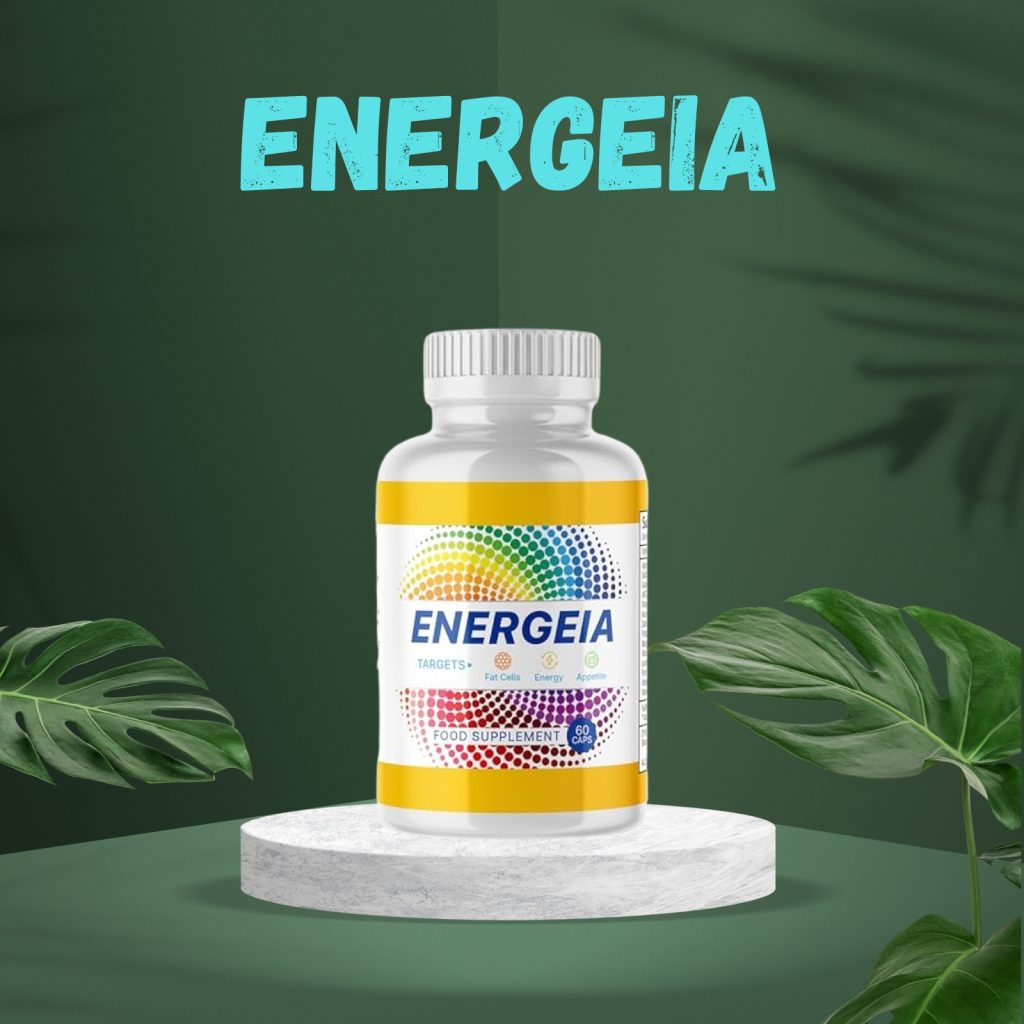 | More details |
| Folicrex | Natural formula that targets hair loss and boosts scalp health naturally. | Order Now | 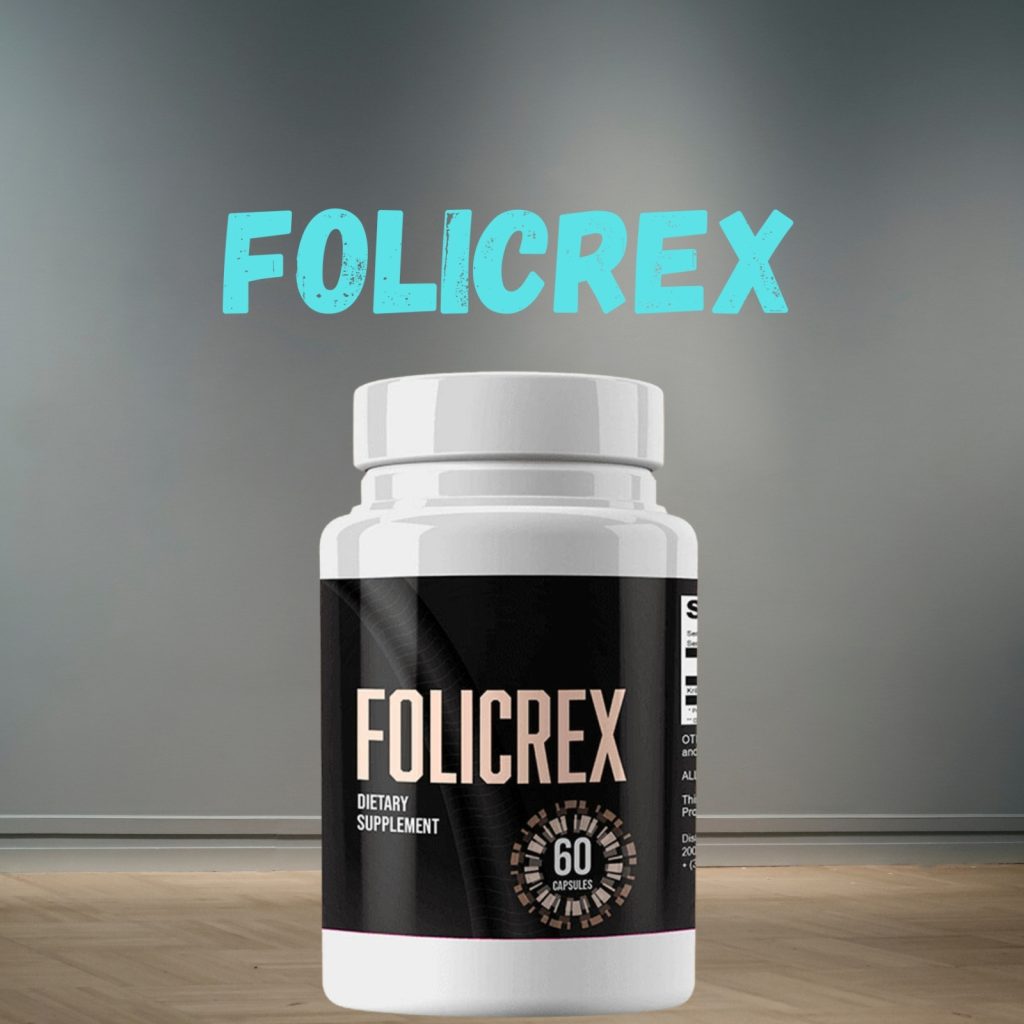 | More details |
| GlucoTrust | Supports healthy blood sugar with natural herbs and deep sleep. | Order Now | 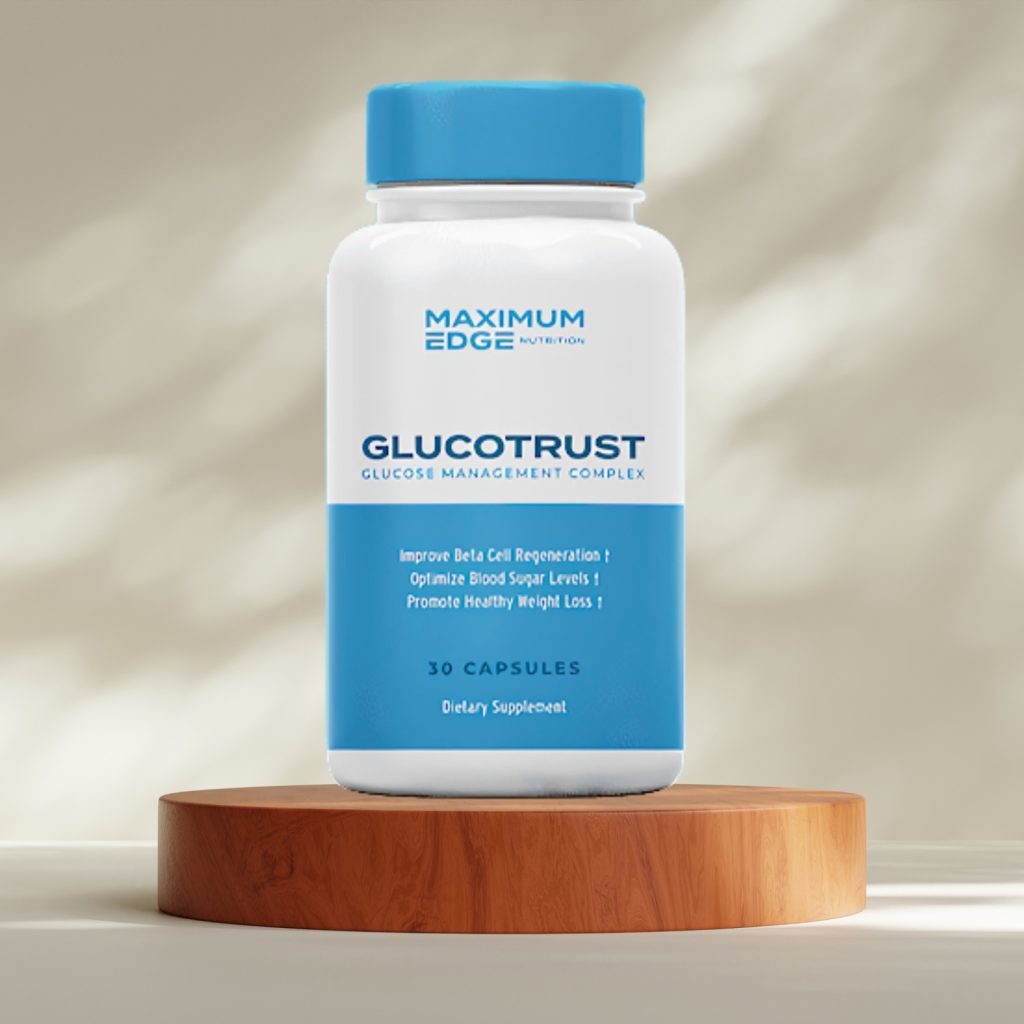 | More details |
| ProDentim | Natural probiotic formula that supports gum health and fresh breath. | Order Now | 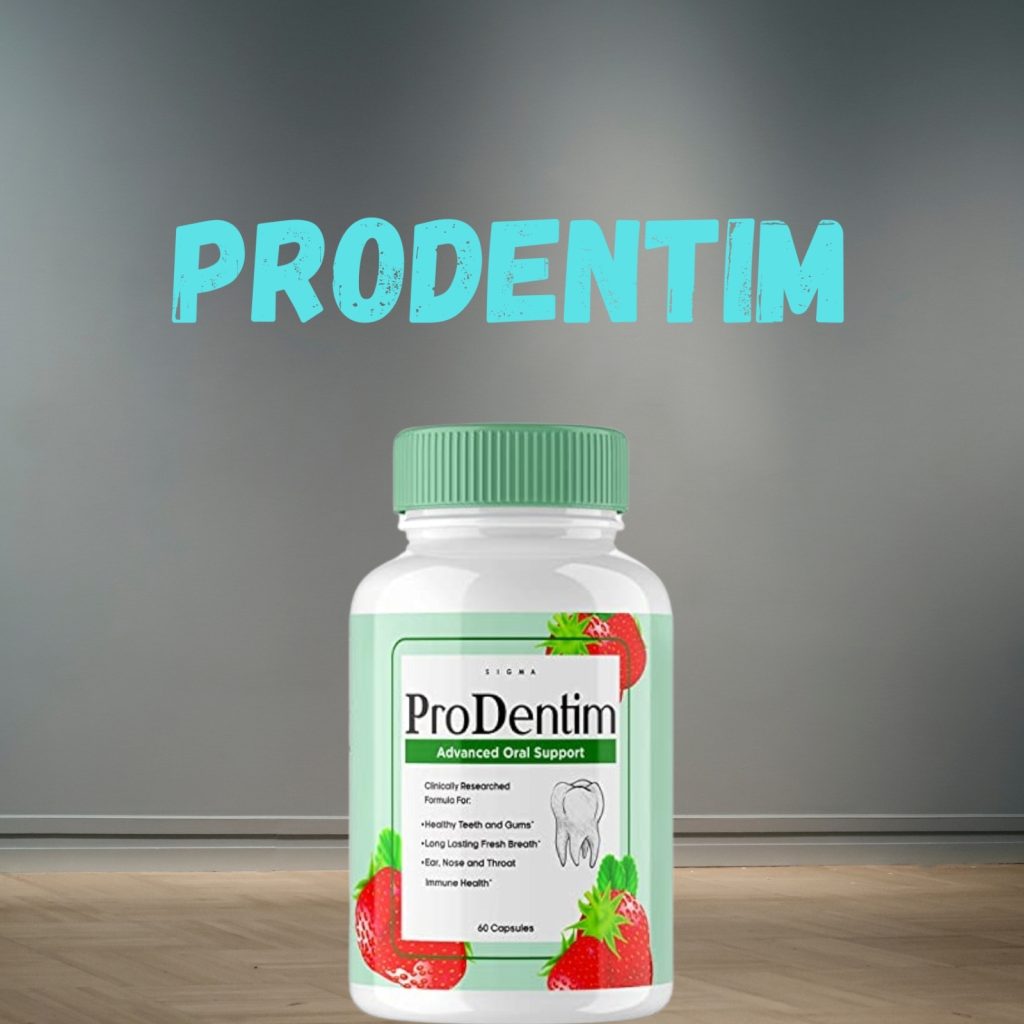 | More details |
| ProNail Complex | Natural blend that strengthens nails and supports healthy fungal defense. | Order Now | 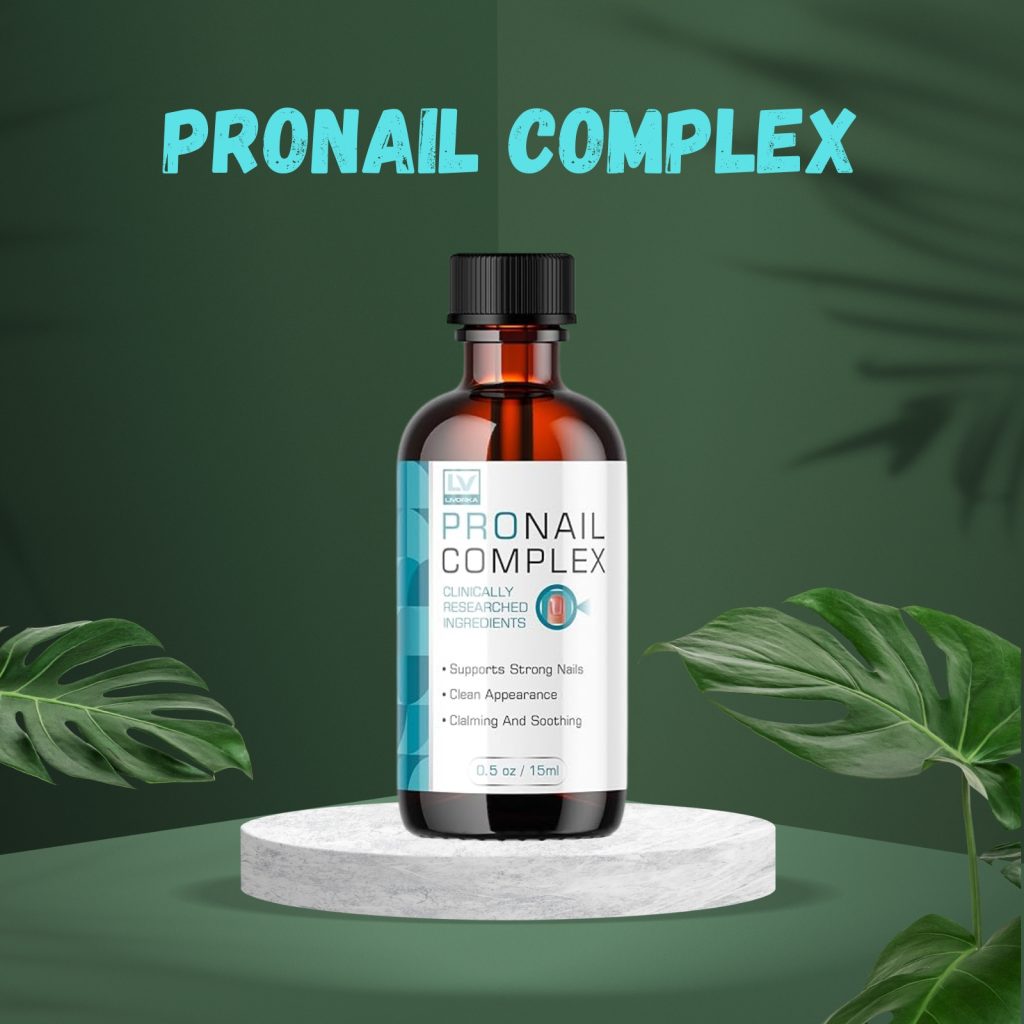 | More details |
| Synogut | Supports healthy digestion using natural fibers, herbs, and probiotics. | Order Now | 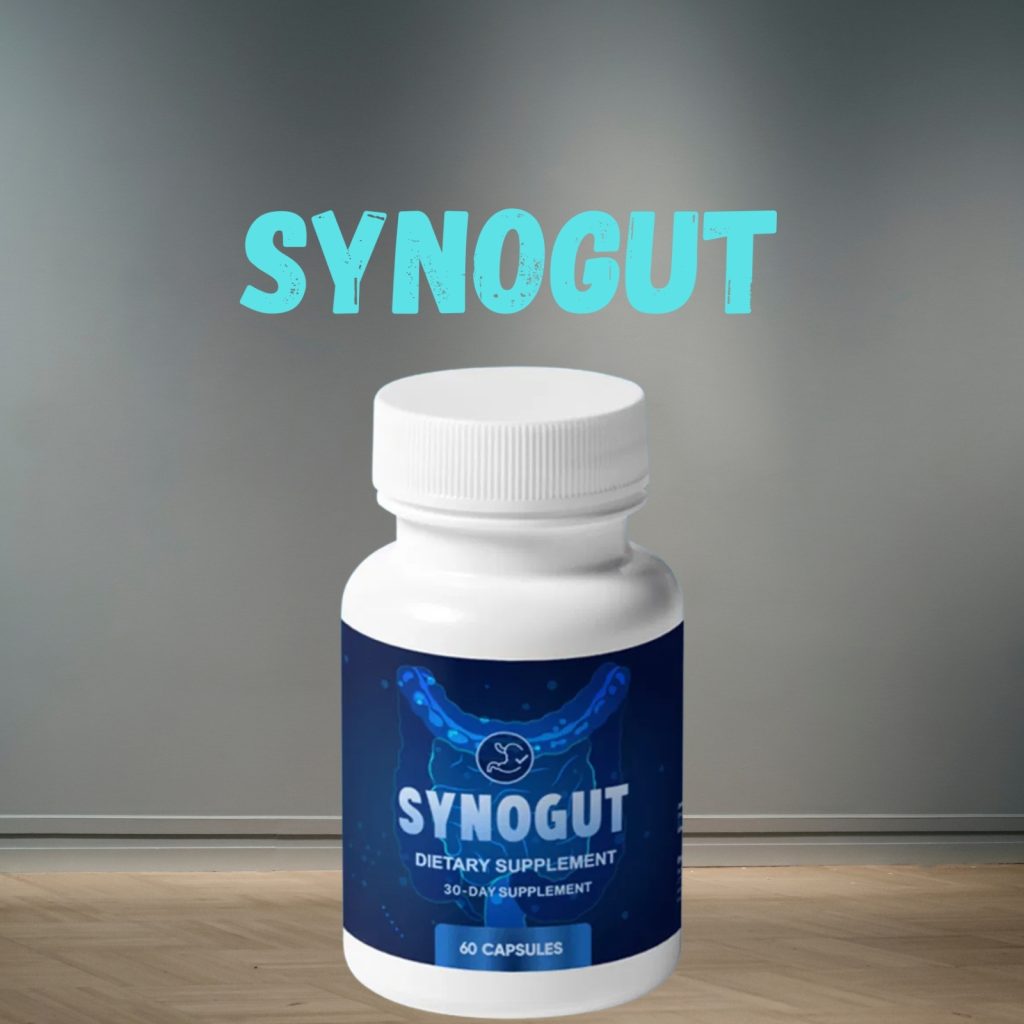 | More details |
| Zen Cortex | Natural formula that enhances focus, memory, and mental clarity safely. | Order Now |  | More details |
| Metanail Serum Pro | Natural serum that strengthens nails and fights fungal infections effectively. | Order Now |  | More details |
| FlowForce Max | Natural formula that supports prostate health and improves urinary flow. | Order Now |  | More details |
| Tonic Greens | Natural supergreens blend that boosts energy, immunity, and detoxification. | Order Now | 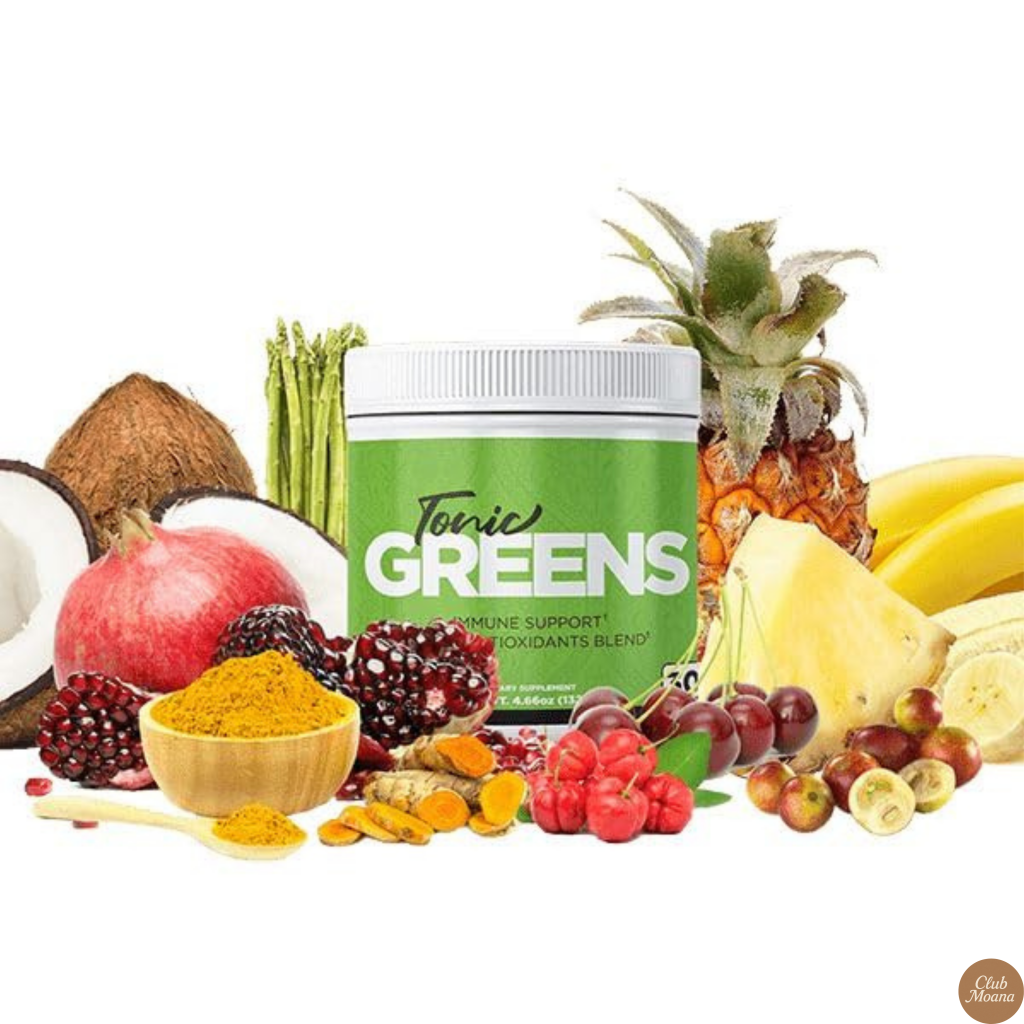 | More details |
What is a Pastel Rainbow?
A pastel rainbow features the classic spectrum of colors — red, orange, yellow, green, blue, indigo, and violet — but in softened, desaturated tones. Each hue is muted with white, creating a dreamlike, almost nostalgic effect. Instead of the electric brightness of a typical rainbow, a pastel version feels like a watercolor painting come to life — delicate, balanced, and serene.
The palette typically includes:
Blush pink instead of bright red
Peach or apricot instead of orange
Lemon sorbet instead of vibrant yellow
Mint green rather than a deep forest tone
Baby blue instead of royal blue
Lavender or lilac in place of strong violet
These tones are not just visually pleasing — they evoke emotional responses that are key to their widespread popularity.
The Psychology of Pastel Colors
Color psychology suggests that pastels have a calming effect on the mind. They are associated with:
Tranquility and peace
Innocence and purity
Softness and femininity
Playfulness without overwhelming intensity
When you combine several pastel shades into a rainbow, the effect is one of harmony and gentle optimism. In stressful or uncertain times, many people gravitate toward visuals that soothe rather than stimulate, making the pastel rainbow an especially timely trend in today’s fast-paced world.
Where Did the Pastel Rainbow Trend Begin?
While it’s difficult to pinpoint exactly when the pastel rainbow first appeared as a cultural motif, its rise is closely tied to the resurgence of minimalist and soft aesthetics in the early 2010s. Social media platforms like Pinterest, Instagram, and, more recently, TikTok played major roles in spreading this aesthetic.
Trends such as:
Soft girl aesthetic
Cottagecore
Kawaii culture
Minimalist nurseries
Scandinavian design
have all embraced the pastel rainbow as part of their visual language. The palette found a home in everything from wall art and clothing to baking and tech accessories. Its versatility made it easy to adopt across diverse interests and age groups.
Applications in Modern Design and Lifestyle
1. Home Decor
Pastel rainbows have become a go-to for those designing calm, inviting interiors, especially in nurseries, children’s bedrooms, and creative spaces.
Wall decals featuring pastel arches
Boho-style rugs with rainbow curves
Macrame wall hangings in dusty pastel tones
Throw pillows and bedding that integrate multiple pastel hues
These items help create a space that feels both playful and peaceful, ideal for homes that want to strike a balance between creativity and calm.
2. Fashion and Accessories
The fashion world has seen a surge of pastel rainbow pieces in recent years. From oversized pastel sweaters to ombré pastel skirts, this color trend is especially popular in spring and summer collections. Key pieces include:
Tie-dye hoodies and T-shirts in pastel rainbow shades
Hair clips, phone cases, and jewelry that carry the soft, multicolor vibe
Footwear like sneakers and sandals with pastel gradients
The use of pastels in fashion allows individuals to make a statement without being loud. It’s about expressing joy, lightness, and creativity with subtlety.
3. Digital and Graphic Design
Pastel rainbows dominate digital branding, especially for lifestyle blogs, self-care brands, and feminine-leaning products.
Designers use pastel palettes for:
Website headers and landing pages
Social media templates
Product packaging for wellness items
Illustrations and digital prints
The aesthetic signals a soft, caring, and modern brand — one that prioritizes mental well-being, creativity, and inclusivity.
4. Events and Celebrations
Pastel rainbows are also a common choice for event themes, particularly baby showers, gender reveals, and first birthdays.
Popular décor elements include:
Pastel rainbow balloons
Layered pastel cakes
Confetti and streamers in soft tones
Themed photo backdrops
The pastel palette is gender-neutral, making it a favorite for inclusive, welcoming celebrations. It’s also camera-friendly, which matters in an age of digital memory-making.
Symbolism of the Pastel Rainbow
While a traditional rainbow often symbolizes hope, diversity, and freedom, the pastel version layers additional meanings:
Healing: Often used in wellness spaces to convey emotional recovery and gentle strength.
New beginnings: Symbolic in baby-themed events or personal transitions.
Balance: Soft hues offer a sense of equilibrium, especially in chaotic or overstimulating environments.
Self-expression: Offers a more delicate, introspective take on identity, compared to bold color choices.
In many ways, the pastel rainbow acts as a modern emblem of quiet resilience and emotional depth, showing that strength doesn’t always have to be loud.
Why People Are Drawn to Pastel Rainbows
1. Nostalgia and Comfort
Pastels remind many people of childhood toys, candy, and cartoons — tapping into memories that feel safe and comforting. In uncertain times, the appeal of comfort aesthetics grows stronger, which explains part of the pastel rainbow’s popularity.
2. Visual Softness in a Digital World
Our lives are saturated with screens, ads, and content vying for attention. Pastel rainbows offer a refreshing visual break — a kind of visual sigh of relief amid the digital noise.
3. Inclusivity Without Overwhelm
Pastel rainbows allow for the inclusion of multiple identities and emotions without the intensity of bold colors. They can represent diversity and pride while staying aligned with minimalist or soft design aesthetics.
4. Compatibility Across Styles
The pastel rainbow aesthetic blends well with other design trends like:
Scandinavian minimalism
Bohemian chic
Vintage revival
Modern clean design
This compatibility means it’s easy to adopt into personal style, home design, or branding without clashing with other elements.
Criticisms and Cultural Considerations
While the pastel rainbow is widely loved, it’s worth noting that its widespread commercialization can sometimes dilute its original messages. For instance, when brands adopt pastel rainbows for Pride marketing without backing LGBTQ+ causes, it may come off as performative.
Additionally, some critics argue that the overuse of pastels may feel infantilizing in adult spaces or contribute to overly “curated” social media personas.
As with any aesthetic, the key lies in authentic expression — using pastel rainbows not just because they’re trendy, but because they align with your mood, values, or story.
Final Thoughts: A Soft Revolution
The pastel rainbow isn’t just a pretty trend — it’s a visual philosophy. In a time where harshness often dominates both online and offline worlds, this color spectrum offers a reminder that softness can also be powerful. Whether you’re decorating a room, expressing your personal style, or creating a brand, the pastel rainbow lets you do it with calm confidence.
It encourages us to embrace the full spectrum of who we are — not in loud declarations, but in quiet, thoughtful beauty. And in that, it becomes more than just a color scheme. It becomes a lifestyle.
